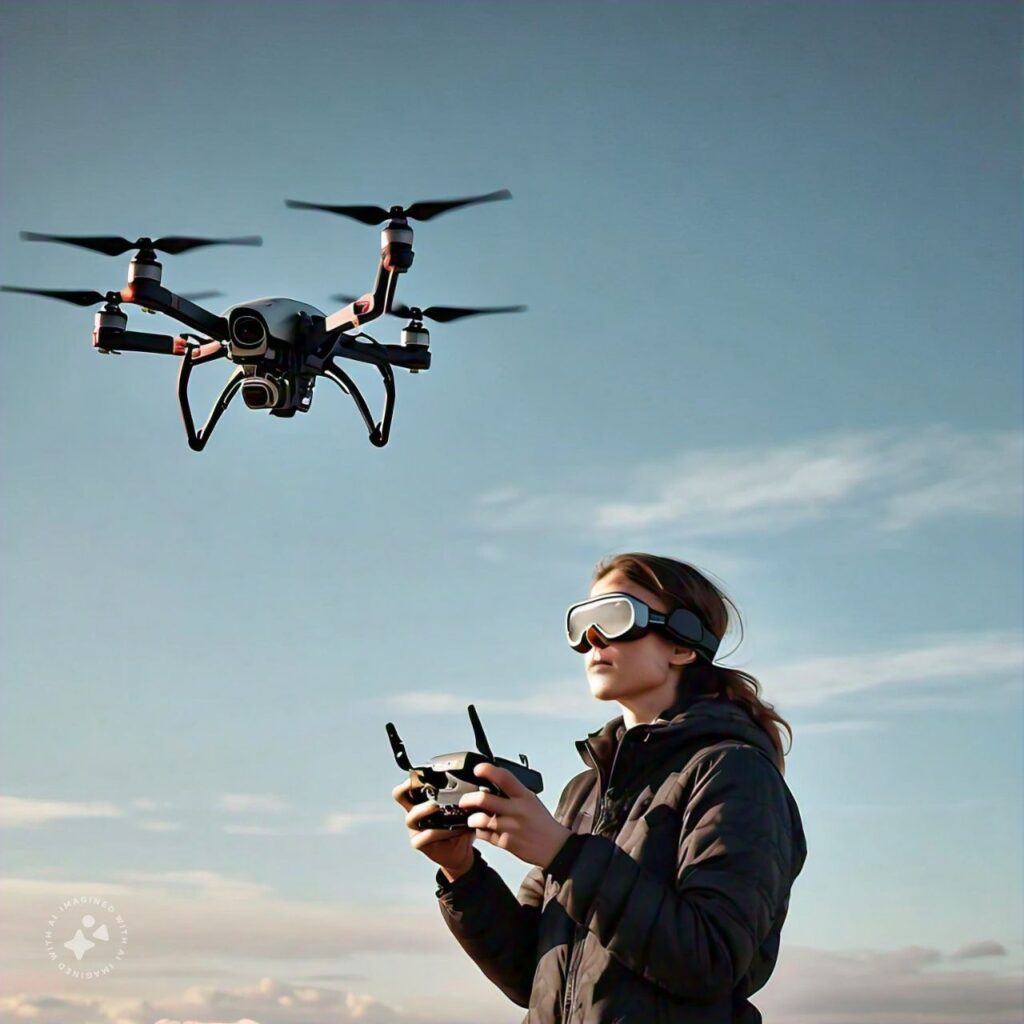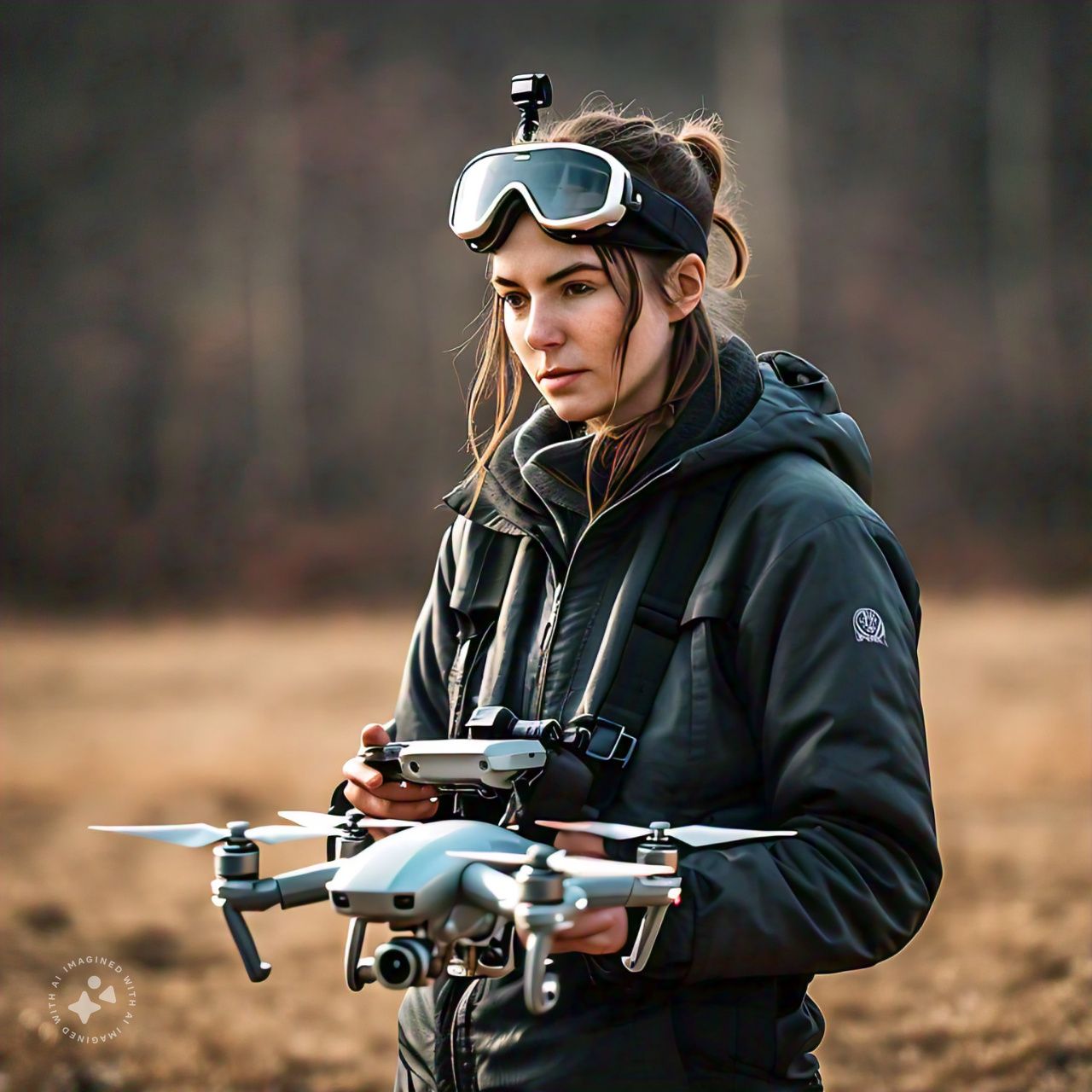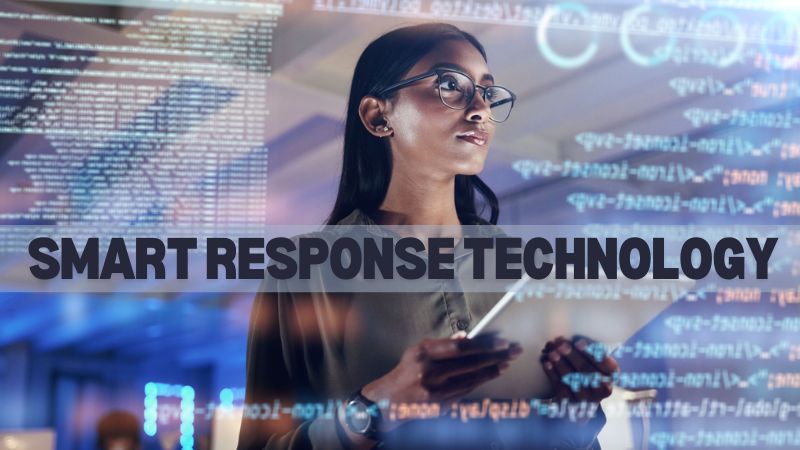Drones, also known as unmanned aerial vehicles (UAVs), have evolved significantly over the past few years. They are no longer just high-tech toys for enthusiasts; they have become indispensable tools in various industries. From aerial photography to agricultural monitoring, drones are revolutionising the way we see and interact with the world. This article explores the advancements in latest drone technology, highlighting the innovations that are propelling this field forward.
Advanced Aerial Photography and Videography
One of the most significant advancements in latest drone technology is in aerial photography and videography. Modern drones are equipped with high-resolution cameras that can capture stunning images and videos from unique perspectives. These cameras often come with features like 4K video recording, high dynamic range (HDR) imaging, and advanced stabilization systems. The integration of artificial intelligence (AI) allows for smart object tracking, automated flight paths, and even live streaming capabilities. This makes drones an essential tool for filmmakers, photographers, and content creators looking to capture breathtaking visuals.
High-Resolution Cameras and Sensors
The quality of cameras on drones has improved dramatically. Today’s drones can be equipped with 8K cameras, offering unparalleled image clarity and detail. Additionally, the use of thermal imaging sensors allows for applications in search and rescue operations, building inspections, and agricultural monitoring. These sensors can detect temperature variations, which is crucial for identifying structural issues or monitoring crop health.
Enhanced Flight Performance and Safety
Flight performance and safety are critical aspects of latest drone technology. Recent advancements have made drones more efficient, reliable, and easier to operate.
Improved Battery Life and Range
Battery technology has seen significant improvements, allowing drones to fly longer distances and stay airborne for extended periods. Lithium-polymer (LiPo) batteries are now standard, providing a higher energy density and longer flight times. Some drones can now achieve flight times of over 30 minutes on a single charge, with ranges exceeding 7 kilometers.
Obstacle Avoidance Systems
Modern drones come equipped with sophisticated obstacle avoidance systems. These systems use a combination of sensors, cameras, and AI algorithms to detect and avoid obstacles in real-time. This technology is crucial for preventing collisions, especially in complex environments or during autonomous flight missions.
Autonomous Flight and Navigation
Autonomous flight capabilities are another significant advancement in drone technology. Using GPS, GLONASS, and AI-driven algorithms, drones can now navigate complex flight paths with minimal human intervention. Features such as waypoint navigation, geofencing, and return-to-home ensure that drones can perform precise tasks safely and efficiently.

Industrial and Commercial Applications
The versatility of drones has led to their widespread adoption across various industries. Here are some of the most notable applications:
Agriculture
Drones are transforming agriculture by providing farmers with detailed insights into their crops. Equipped with multispectral sensors, drones can monitor crop health, detect pests and diseases, and optimise irrigation. This technology enables precision farming, which maximises yield and reduces resource wastage.
Construction and Infrastructure
In the construction industry, drones are used for site surveys, progress monitoring, and safety inspections. They provide high-resolution images and 3D models of construction sites, allowing project managers to track progress and identify potential issues early. Additionally, drones can inspect infrastructure such as bridges, towers, and pipelines, providing critical data without putting human inspectors at risk.
Delivery and Logistics
The logistics sector is exploring the use of drones for delivery services. Companies like Amazon and UPS are testing drone delivery systems to transport packages quickly and efficiently. Drones can bypass traffic congestion, making them ideal for delivering medical supplies, food, and other essential items in urban areas.
Regulatory Landscape and Challenges
As latest drone technology advances, so does the need for appropriate regulations. Governments worldwide are implementing rules to ensure the safe and responsible use of drones.
Regulations and Compliance
In many countries, drone operators must adhere to strict regulations, including obtaining licenses, maintaining line-of-sight operation, and avoiding restricted airspace. These regulations are designed to mitigate risks associated with drone operations, such as collisions and privacy concerns.
Privacy and Security Concerns
The proliferation of drones raises significant privacy and security concerns. High-resolution cameras and advanced sensors can inadvertently capture sensitive information, leading to potential privacy violations. Moreover, there are concerns about the use of drones for malicious purposes, such as espionage or delivering contraband. Addressing these issues requires a combination of robust regulations, technological solutions, and public awareness.
Future Trends in Drone Technology
The future of drone technology looks promising, with several exciting trends on the horizon.
Swarm Technology
Swarm technology involves the coordinated operation of multiple drones, working together to complete tasks more efficiently. This technology has potential applications in areas such as disaster response, environmental monitoring, and large-scale agricultural surveys.
Artificial Intelligence and Machine Learning
AI and machine learning are playing an increasingly important role in drone technology. These technologies enable drones to make autonomous decisions, improving their ability to navigate complex environments and perform intricate tasks without human intervention.
Urban Air Mobility
The concept of urban air mobility (UAM) envisions drones and other aerial vehicles providing on-demand transportation services in urban areas. This could revolutionise urban transportation, reducing traffic congestion and providing a new mode of travel for commuters.
Conclusion
The advancements in latest drone technology are opening up new possibilities across various industries. From capturing stunning aerial footage to transforming agricultural practices and enhancing infrastructure inspections, drones are proving to be valuable assets. As regulations evolve and technology continues to improve, we can expect drones to become even more integral to our daily lives and work.



